
In May 2024, an up-and-coming model railroad company took the stage with Super Power in its arsenal. Cardinal River Models LLC of West Virginia announced plans to manufacture a museum-tier model of the Nickel Plate Road Class S-2 2-8-4 Berkshire-type steam locomotive in HO. Although Nickel Plate Berkshires are nothing new to the market, owner and founder Robert Perez says this will be the first true-to-form replication of the S-2 class in 1:87 scale. What began as a passion project now could become the flagship product for the young company.
A special place in his heart
Perez has had a fascination with steam locomotives for as long as he can remember, and the S-2 class Berkshire of Nickel Plate fame held a special place in his heart. At age 10, Perez traded his Sony PlayStation game console for a Life-Like/Walthers Proto 2000 2-8-4 – the first large, premiere HO scale model under his ownership. For the young modeler, it felt like being in the big leagues. Witnessing his first mainline steam locomotive in operation, Nickel Plate Road S-2 No. 765 at the Cuyahoga Valley Scenic Railroad, also stacked on to the admiration for the class.
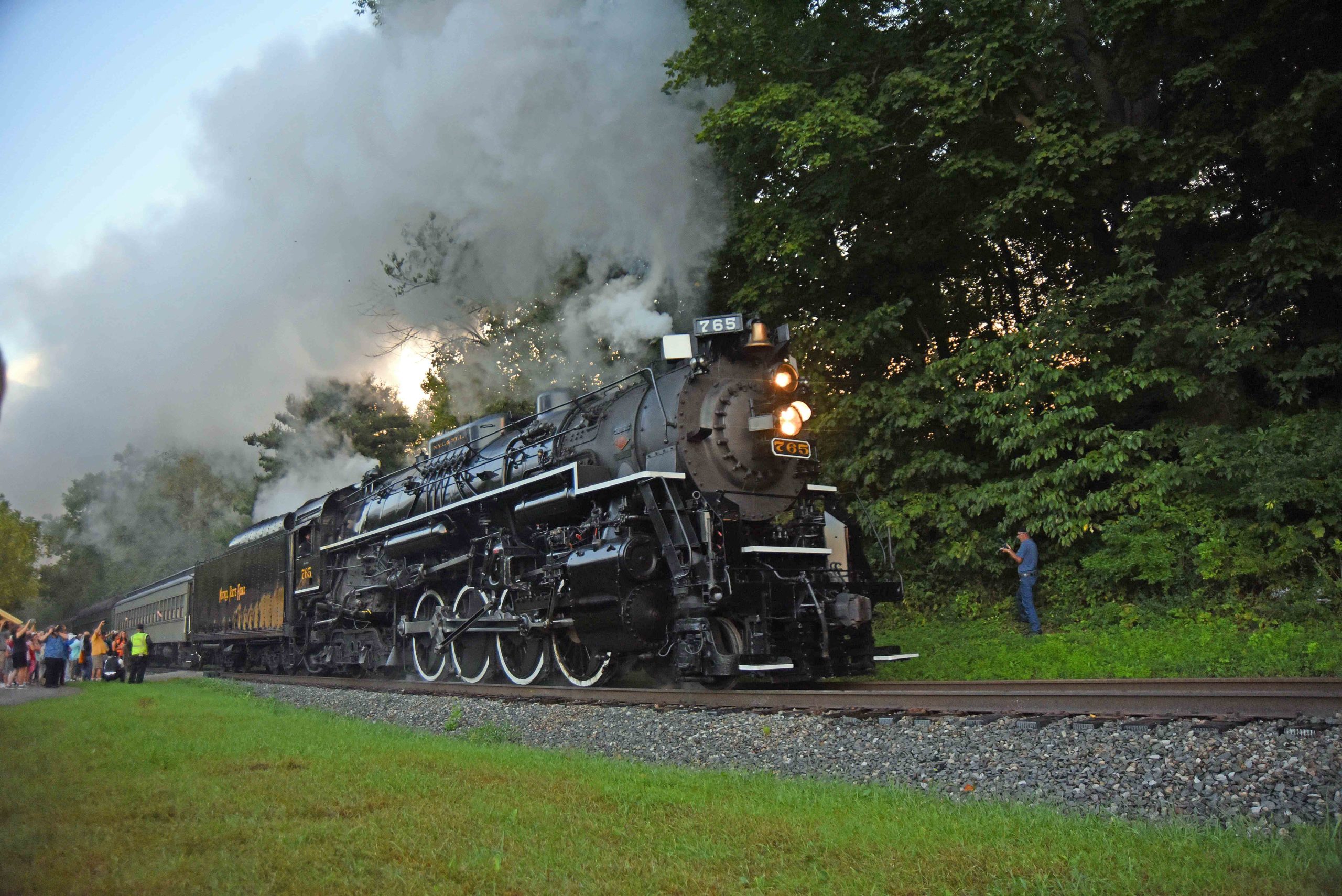
Over time, Perez noticed some details in his model that piqued his curiosity about the locomotive’s functionality. In fact, he wrote to Model Railroader hoping to learn more. He also discovered a lack of other details in contrast to the real No. 765. While building on his model railroad craft and steam locomotive collection, he was astonished to eventually discover a true-form model of the S-2 was never offered. Despite the popularity of HO-scaled Berkshires from multiple manufacturers over the years, Perez felt a more precise level of accuracy had yet to be replicated in plastic, diecast, or brass. That is, unless one went the route of custom kit bashing.
That became enticing for Perez in 2019 when he pursued a degree in engineering and gained access to computer-aided design (CAD) software. “As I got more comfortable with the program, I started to think that perhaps I could try and get a model made for myself of the S-2,” he said, “at first just a model designed in CAD and then maybe use a combination of 3D printing and simple castings to get something tangible made.
“I then realized I might just be able to have a small endeavor producing them for others. If I was doing that, then it had to be correct and the best one made. I believed for a long time No. 765 and the other Van Sweringen’s 2-8-4s deserved a worthy scale representation of themselves.”
Facing uncertainty
Inspired by the nearby New River Gorge as a favored spot for rail fanning and birdwatching, Cardinal River Models was founded in 2021 to develop and produce the S-2. Right out of the gate, Perez found his patience tested. “You could be talking with someone one day and then months pass with nothing, just left wondering if things are still going to work out or not,” he reflects from CRM’s humble beginnings. “Then one day, you get a phone call that proper provision has been made and it’s time for continued steps.
“This entire project is truly an example of Hofstadter’s Law at work, things will always take longer than anticipated. I had to work on good faith that everyone else was still striving towards the same goal, and when we regroup, we’ll swap notes.”
It is good faith that’s been paying off since spring 2021 with a visit to No. 765’s home at Indiana’s Fort Wayne Railroad Historical Society. Perez spent an entire day 3D laser scanning the locomotive while capturing even the most difficult dimensions at every angle, from top to bottom. This technique in data collecting was always in the project’s plan and has since provided the momentum needed to continue developing the model and shaping the company.
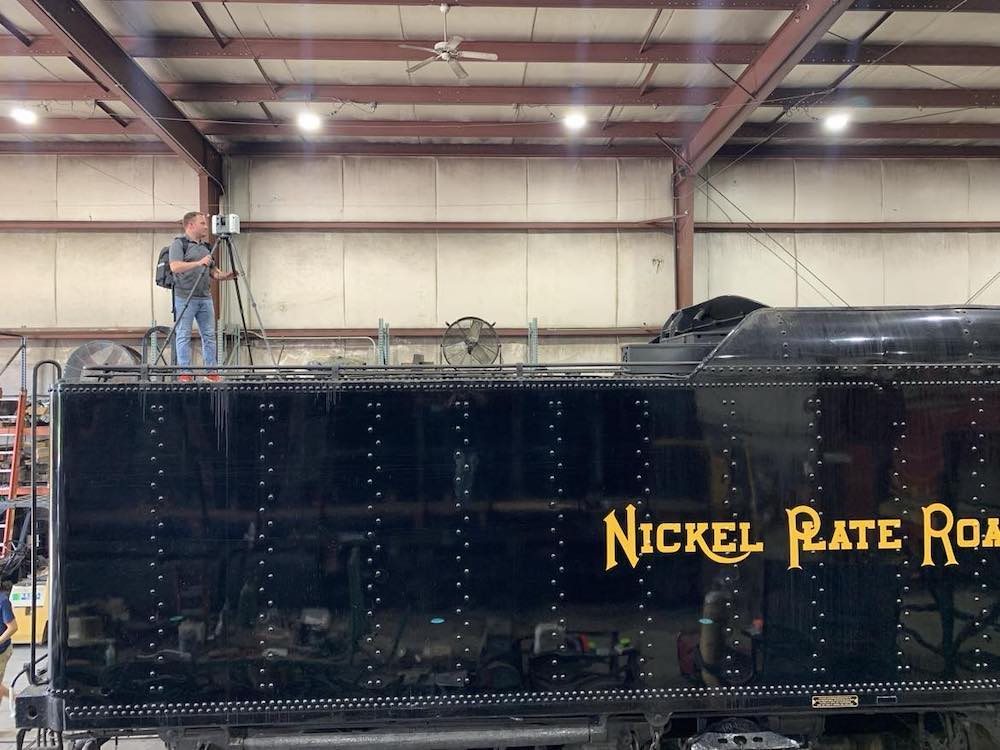
3D scans and cylinder steam
Few manufacturers beyond Cardinal River Models have embraced 3D laser scanning, despite its accessibility in the industry. The technology does have its limits. Perez admits scans alone still won’t render a fully accurate 3D model. The S-2 project was no exception.
Completed scans of No. 765 were followed by additional visits to the other surviving NKP 2-8-4s for field measurements, along with obtaining engineer drawings of the Advisory Mechanical Committee to help further ensure accuracy. The team even had to manually adjust texture and surface areas to the correct dimensions in CAD. “One thing that made me nervous was the boiler jacketing not being even in some areas due to the insulation beneath,” Perez explained. “However, we were able to rectify any small quips with the drawings and general knowledge of how it should be arranged.”

Perez believes 3D scanning has a solid foundation to build on in the model railroading industry. Though more as a complement to the other methods when collecting hard data and ensuring accuracy during a product’s development. “Some rolling stock out there has no existing engineering drawings, and a scan is the best thing you could do for these cases aside from classic field measurements,” he said. “A scan can do in one day what might take up to a week of field measuring.”
While the outside of the diecast body promises a detailed model, the inside will be equipped as a reliable runner. CRM has partnered with Electronic Solutions Ulm GmbH & Co. KG (ESU) for the DCC system and smoke unit. Coming off their revolutionary BR 78 steam locomotive for the European HO market, ESU plans to pull out all the stops with their LokSound 5 Decoder. The headliners will be sounds recorded from No. 765 in 2022, and cylinder steam effect – the latter being a first for the HO market in the U.S.
“I always knew our 2-8-4 just had to have it,” said Perez. “Apparently ESU had the same ideology for their BR 78 and the system they developed is the final word in how the design is taking place on the S-2.”
Nearing the finish line with lessons learned

If modelers everywhere weren’t familiar with the Cardinal River Models name prior to May 26, they must be now with preorders officially announced that day. Now, final product development hinges on the success of the preorders, themselves. “Without that public expression of interest, the tooling and individual models would be a very dangerous investment,” says Perez.
CRM initially announced six road numbers in different variations with Nos. 765 and 759 offered in their respective excursion incarnations. An undecorated model was later included based on popular demands. Final stages of the CAD model are progressing, with tooling set to begin. The goal is to have preproduction samples by winter with the finished products ready to be shipped in 2025.
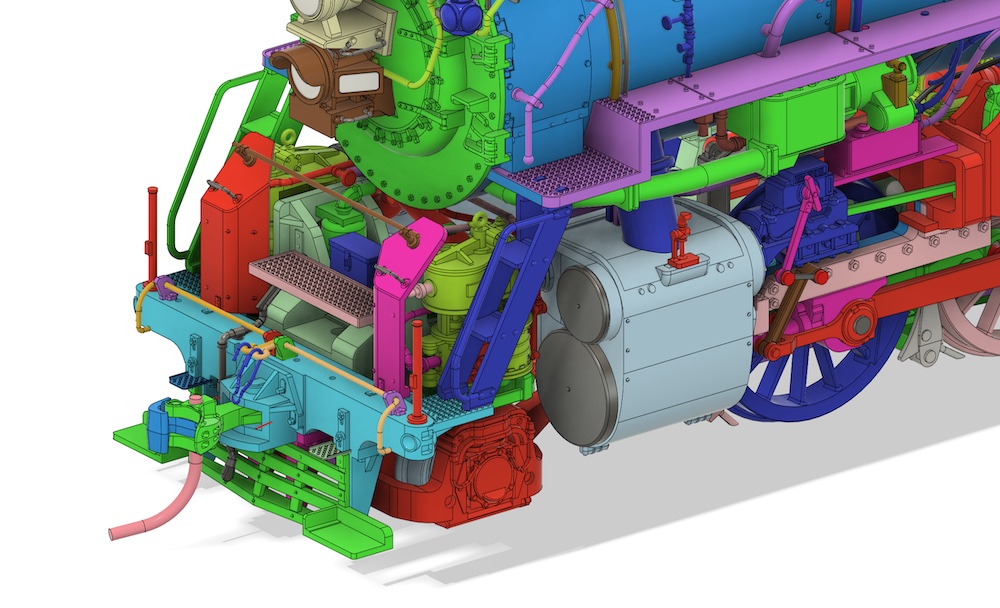
While the S-2 has taken precedence, Perez hopes to add CRM’s new rolling stock product line. His visit to the Fort Wayne Railroad’s facility also included scans of No. 765’s auxiliary water tender and tool car – a retrofitted M1 “Big Emma” tender from the Louisville & Nashville Railroad and U.S. Hospital Troop Kitchen car, respectively. Early CAD models are currently in development.
CRM won’t be done with the 2-8-4 for a while as plans call for expanding the S-2 CAD data to produce the Chesapeake & Ohio K-4 and Pere Marquette N-1. Although there are differences between the three classes, Perez doesn’t see the need for additional scans. “Thankfully, including those two classes will not be very difficult,” he assured. “The boilers of the K-4 and N-1 are identical dimensionally to the S-2.
“All other details can be added with the high-quality mechanical drawings, and from field measurements [with talks currently taking place with the Kentucky Steam Heritage Corp. and Steam Railroading Institute, homes to C&O No. 2716 and PM No. 1225, respectively]. Hopefully, CAD rendering for these later classes will be on our website by mid/late fall.”
In the meantime, Perez will use lessons learned from the S-2 as he seeks new project opportunities for the company.
“I’ve learned to never assume anything and that if you are physically able to do something important in the moment, you should just do it and be happy later on that the task is complete,” he said. “I’ve also been assured though that it’s indeed a big world, and many good people exist in it.”
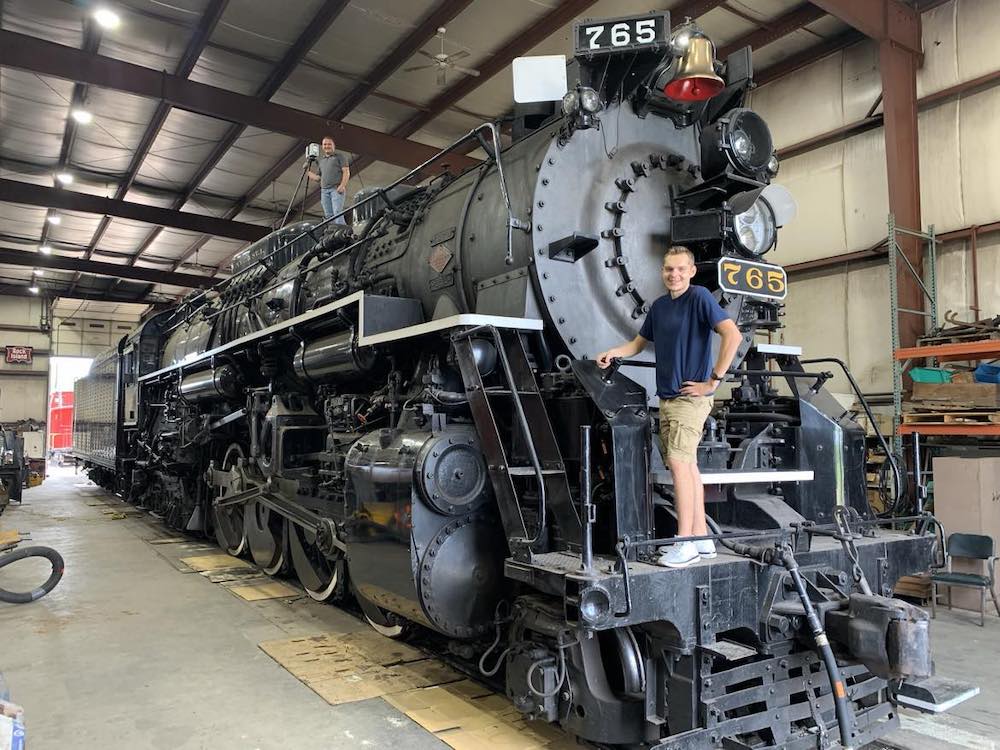






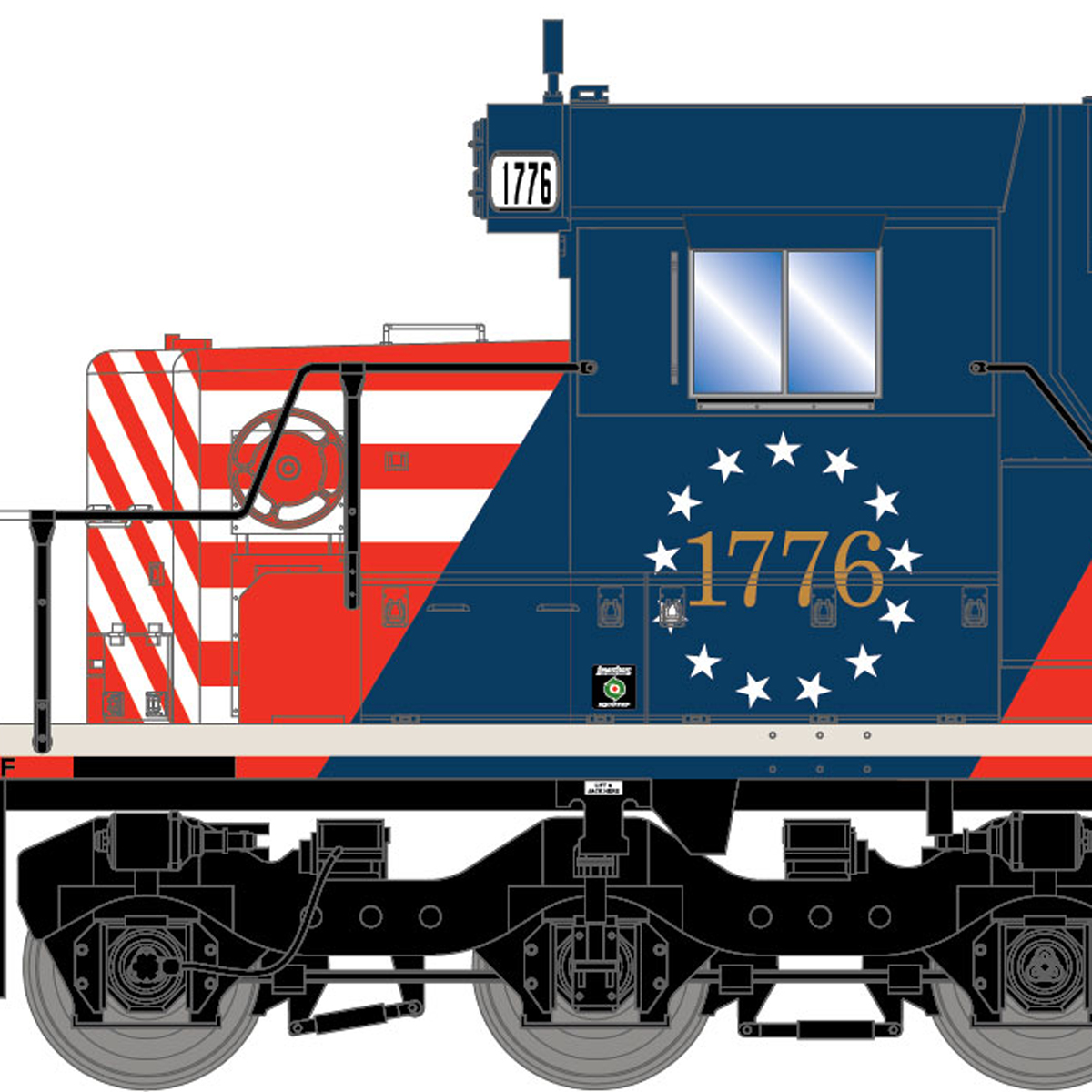
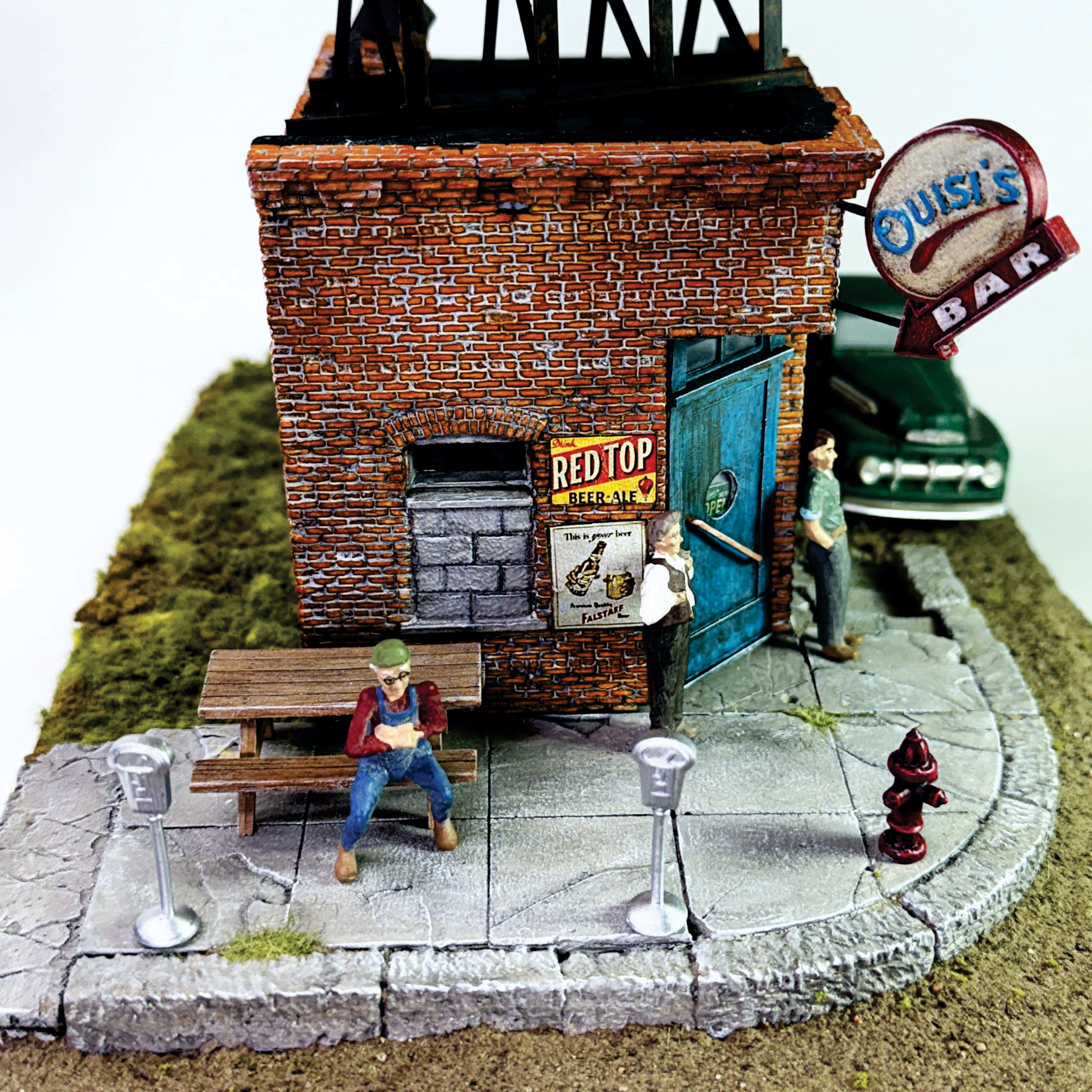
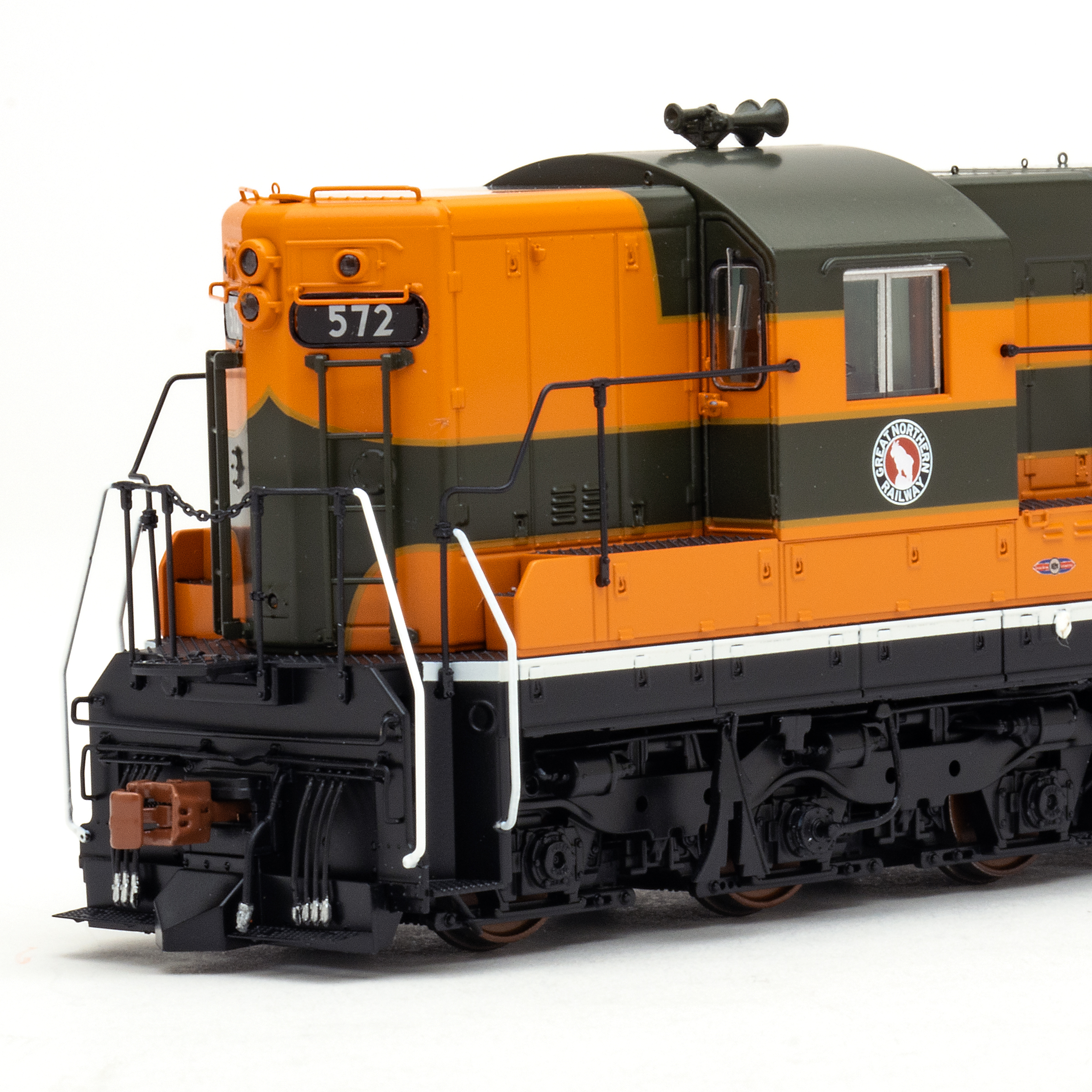





Why does the CAD drawing have a Kadee coupler on it?
This is exciting. I firmly believe a good market needs a variety of options. I look forward to his future projects. Maybe tackling the “rare” locomotives that non-brass HO has glossed over? Either way, best of luck to Mr. Perez!